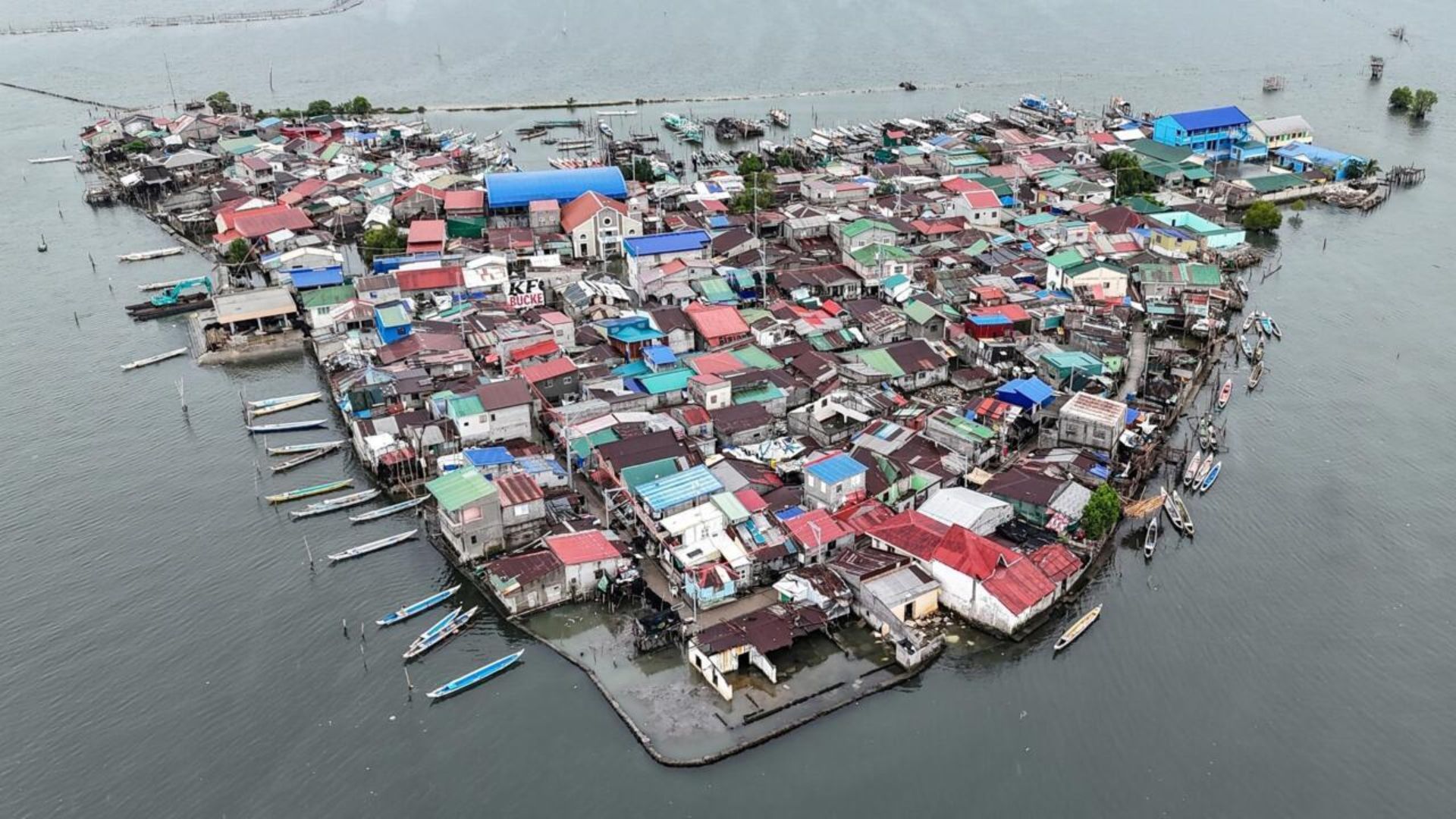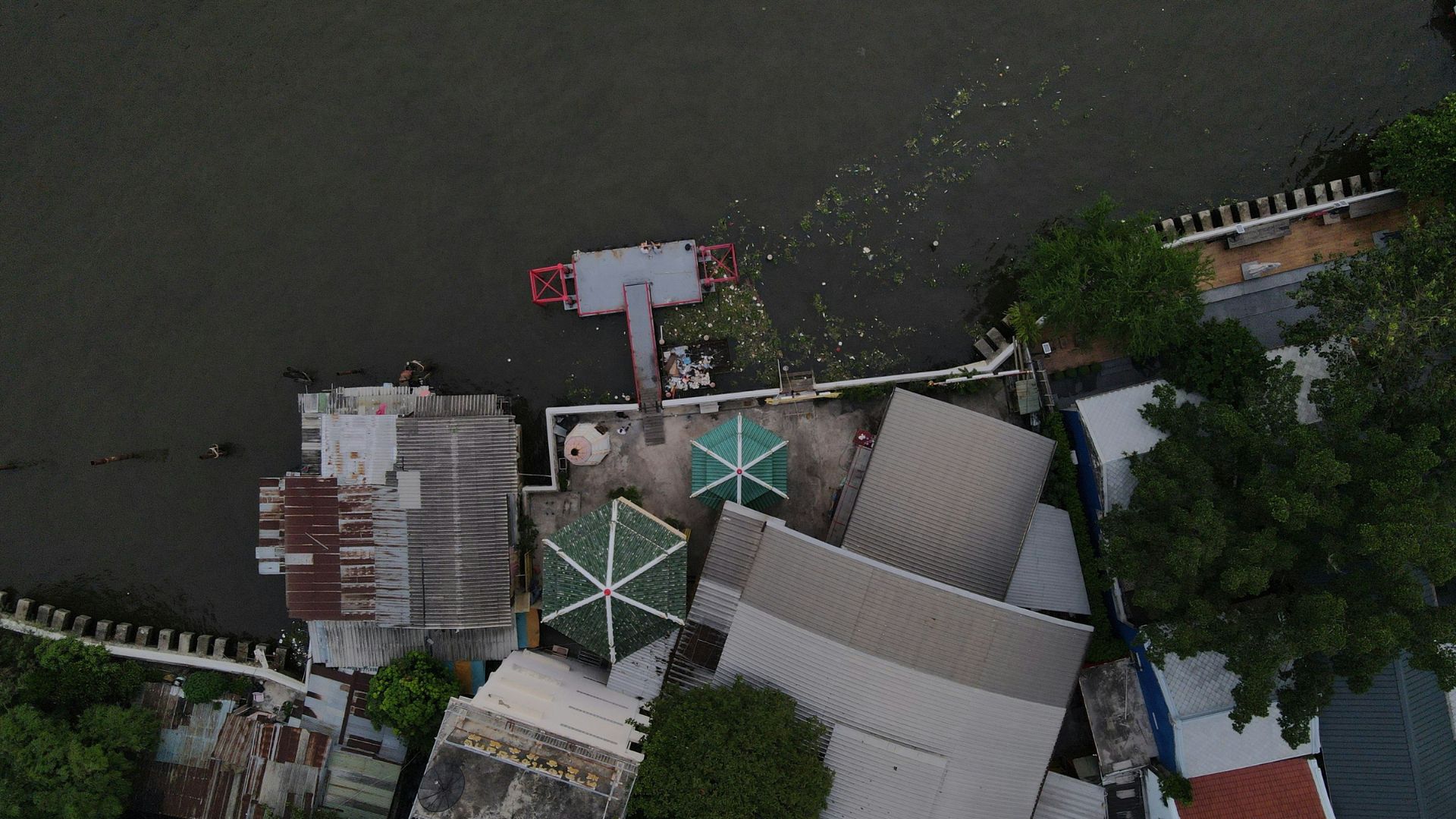
In Pugad, water seeps into homes so often that scooping it out feels like another chore on the daily list. Neighbors joke about soaked sandals, children skip around puddles, and vendors push carts through flooded paths. The mood shifts when the talk turns serious. People quietly weigh how much longer they can stay before the sea pushes harder. Each rising tide brings the question closer, even as many hold on tightly to the island they love.
Residents Battle Frequent Flooding on Sinking Island

Families in Pugad spend hours each week scooping water out of their homes. Flooding happens several times, so daily routines bend around the tide. Children head to school with shortened schedules, and houses stand on stilts just to stay livable. Neighbors share laughs over wet shoes, but they also share quiet worries about the future. Every conversation circles back to the water that keeps rising, and the question of how long they can keep holding on.
Land Subsidence Caused by Groundwater Over-Extraction

The ground in Pugad sinks at rates reaching more than four inches a year, so floods keep getting worse. The cause comes from pumping too much groundwater, which leaves the soil compacted and fragile. Residents rely on it when surface water runs low, but the cost is clear. Rising seas also push into the sinking land, and together they make life harder to manage. Every bucket of water scooped out reflects that hidden shift underground.
Rising Sea Levels Accelerate Flooding and Erosion

Water creeps into Pugad more often now, so residents see tides reach farther into their streets and yards. The land sinks, and the ocean just adds pressure, washing away ground that once felt steady. Families raise homes on stilts, but the shoreline also slips back bit by bit. Scientists warn seas could rise many feet this century, and on a small island already sinking, every inch makes the flooding heavier and harder to escape.
Daily Life Disrupted by Tides and Flood Risks

Families in Pugad adjust every part of their routines around the water. Children study on shortened schedules so sickness from constant flooding doesn’t spread. Parents spend hours each week scooping water from their homes, only to do it again days later. Some neighbors build higher floors, others lift their houses on stilts just to stay dry. Daily life feels stitched together with buckets, boots, and quiet talks about whether the island can keep holding them.
Adaptation Strategies Include Raising Homes on Stilts

People in Pugad adjust their lives in ways that just show how much they want to stay. Many raise houses on wooden stilts so floors stay above the tide. Some rebuild with higher walls, while others shift daily routines to match the water’s rhythm. Families talk about these changes with a mix of hope and worry. Every effort feels like holding on a little longer, even as the floods keep coming back week after week.
Health Concerns Prompt Changes in School Schedules

Floodwater in Pugad brings health risks, so schools adjust by shortening class hours. Children head home earlier in the day, which helps reduce exposure to illnesses that spread after floods. Teachers keep lessons focused, and families arrange their routines around the new schedule. Kids still gather with books in hand, eager to learn, even if their time inside classrooms feels different. The community accepts these changes as part of living with water that never stays away.
Sea Level Rise in the Philippines Outpaces Global Average

Waters around the Philippines rise nearly three times faster than the global rate, so residents already feel the impact more sharply. Experts warn the increase could speed up even further in the coming years. For people in Pugad, it means floods come stronger and more often, washing away the ground they depend on. Families talk about how quickly tides now creep into their homes, and many just worry about how much higher the ocean will go.
Calls for Stronger National Climate and Water Policies

Leaders and residents are pushing harder for government action, so communities like Pugad aren’t left to face rising seas alone. Groups say stronger national policies on climate and water could give people safer options, not just quick fixes. Some locals already call for relocation programs, while others want support to defend what’s left of their island. Many just hope officials listen, since daily life keeps getting harder with floods cutting into homes, schools, and fishing grounds.
What Happens Next for Pugad’s Families

Families on Pugad face decisions that feel heavier each day. Some stay and try to protect their homes, while others plan to leave before the waters rise again. People share stories of losing land, schools, and fishing spots, so conversations about the future never stop. Leaders talk about policies, but residents know changes happen slowly. For now, many just focus on staying safe and keeping their families together as the ocean moves closer.